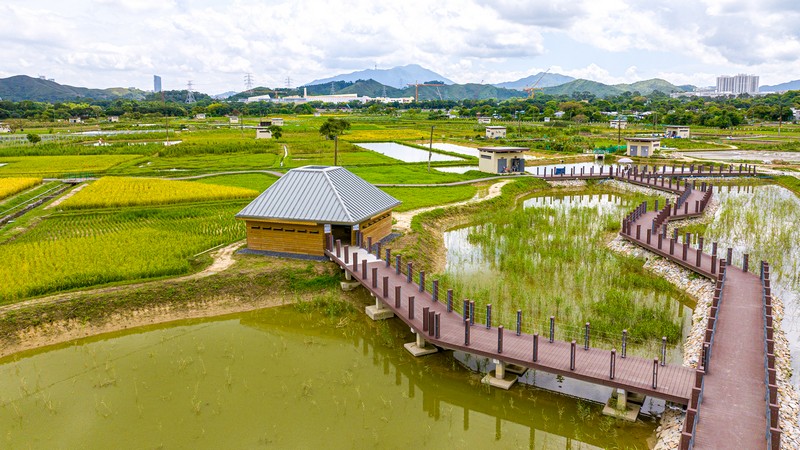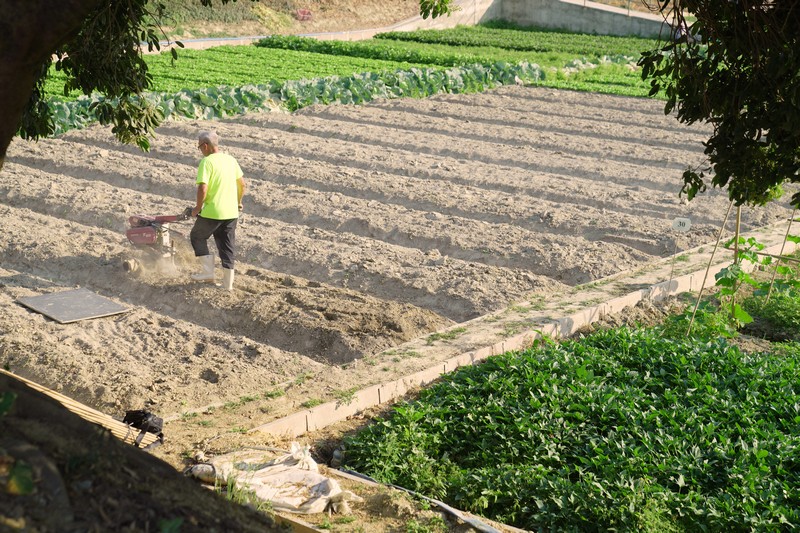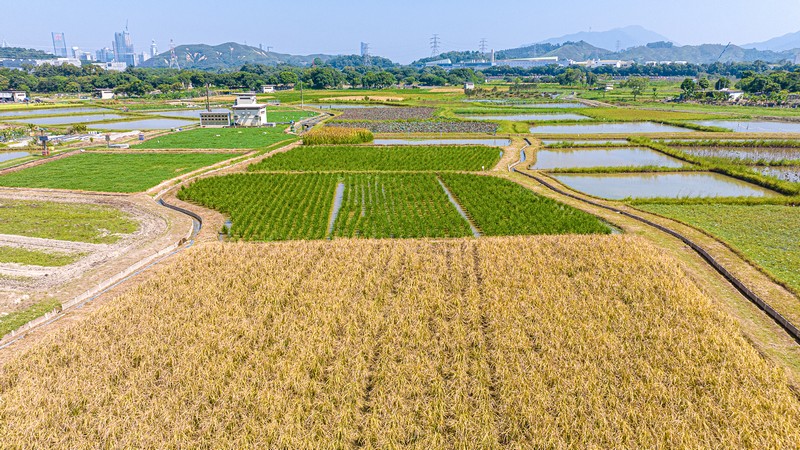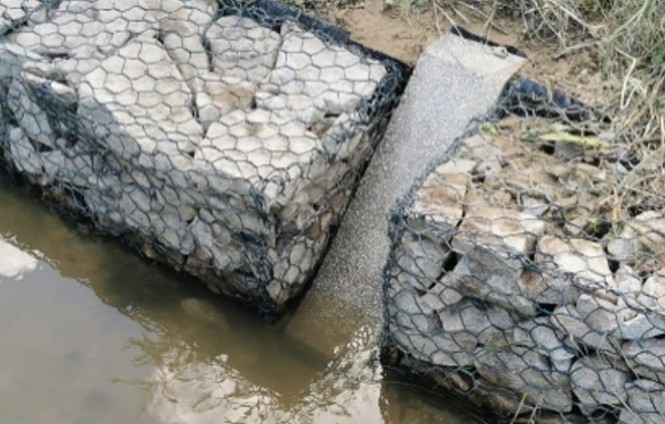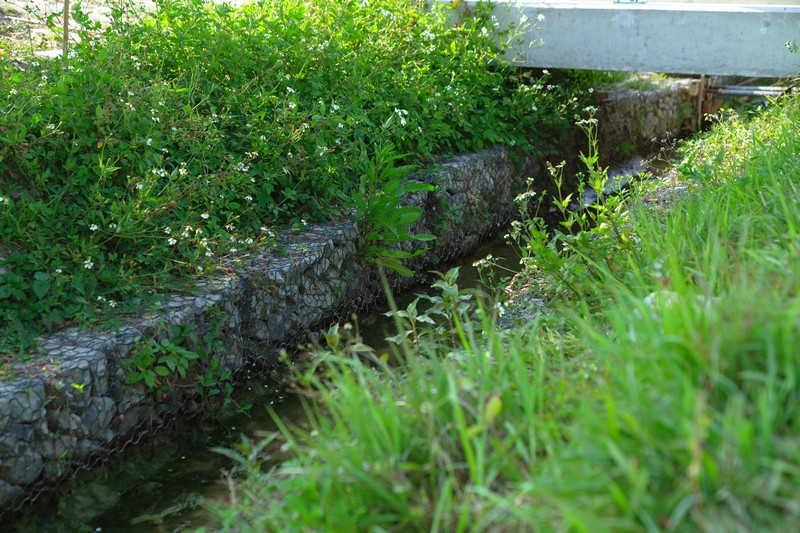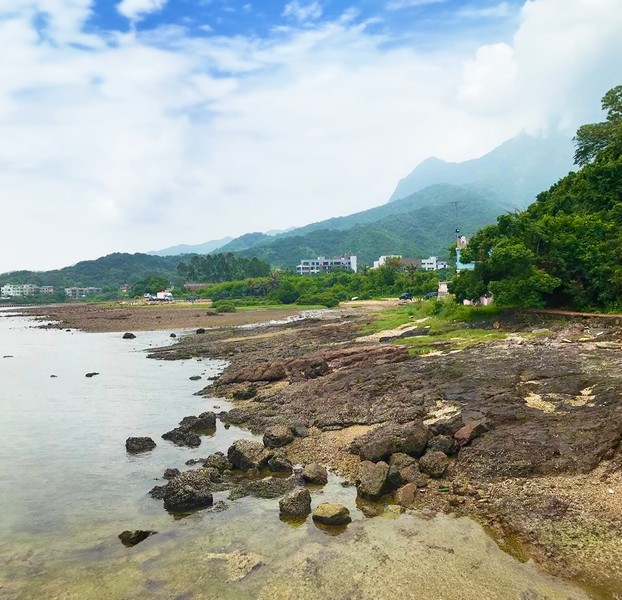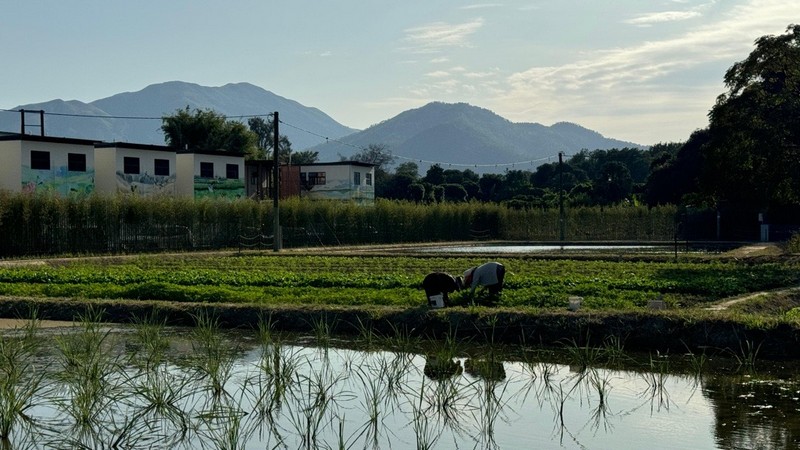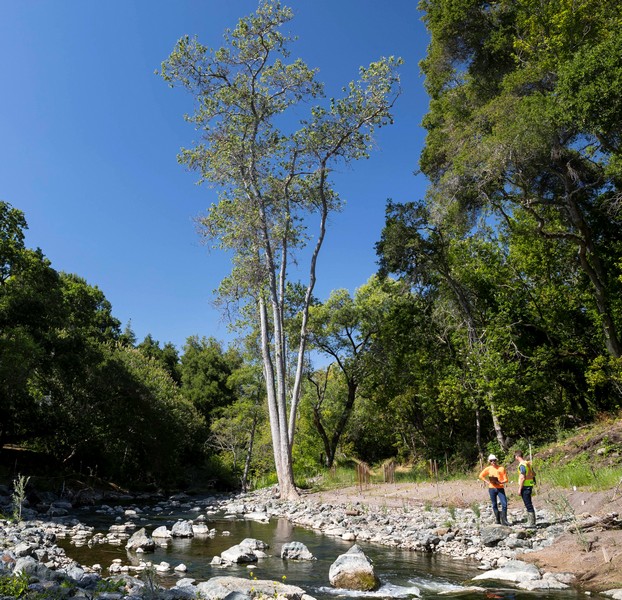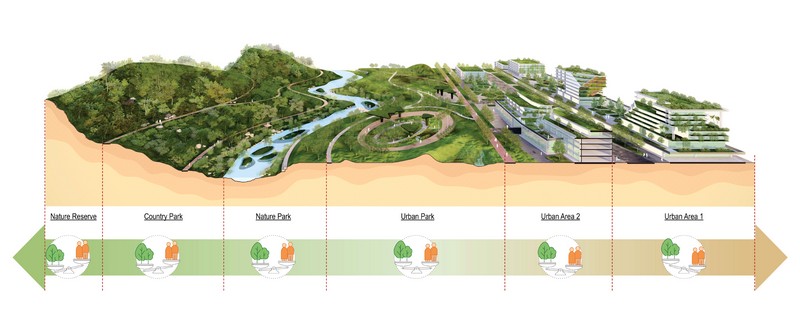Long Valley Nature Park, part of the Kwu Tung North and Fanling North New Development Area, is dedicated to conserving and enhancing the ecological value of Hong Kong’s largest freshwater wetland while mitigating the environmental impact of urban expansion. AECOM applies a nature-based solutions (NbS) design framework to foster biodiversity and sustainability, ensuring that development and conservation go hand in hand. The strategies and successes of this project serve as a model for future conservation efforts across the Northern Metropolis.
To highlight the ecological importance and innovative approaches taken in this project, AECOM is hosting a Media Tour at Long Valley Nature Park in May with speakers, Andrew Ip – Associate, Environment, AECOM and Gilbert Wong – Chief Resident Engineer, AECOM.
Background
Long Valley Nature Park (LVNP) integrates wetland conservation, eco-friendly agriculture, and nature education. Covering an area of approximately 37 hectares, the LVNP is divided into three Management Zones: Biodiversity Zone, Agriculture Zone and Visitor Zone.
Design principles in LVNP – Nature-based Solutions
Nature based Solution (NbS)
Actions to protect, sustainably use, manage, and restore natural or modified ecosystems, address societal challenges effectively and adaptively, simultaneously providing human well-being and biodiversity benefits. (Source: IUCN Global Standard for Nature-based Solutions, First edition)
High-performance ecosystem
This refers to any nature-based solution or ecosystem-based approach that is planned, designed and managed to optimize ecosystem service delivery. (Source: Playbook for Nature Positive Infrastructure Development)
Three foundations in high-performance ecosystem
Foundation1: Maximizing ecosystem diversity
Comprehensive understanding of ecological baseline at local and regional scale: Studied baseline condition of the habitats within the Long Valley and its adjacent areas, ecological connectivity within the larger Deep Bay area.
Enrich LVNP’s biodiversity: Referencing baseline conditions, a range of wetland habitats are incorporated into LVNP’s design, which in turn could support both resident and over-wintering birds, as well as other wildlife throughout the year.
Foundation 2: Delivering symbiotic built and natural environments
Biodiversity Zone: The wetland area has been expanded by approximately 8 hectares. This transformation and upkeeping of the existing wetlands provide essential habitats for various wildlife, including critically endangered species.
Agriculture Zone: This area supports eco-friendly farming practices, ensuring sustainable local food production.
Visitor Zone offers a space for workshops and activities to allow visitors to engage with the park’s unique ecosystem; Visitors are encouraged to stay in the Visitor Zone to enjoy the visitor facilities, which can also avoid causing disturbance to the farmers and wildlife in the other two zones.
Foundation 3: Embedding resilience design
Climate resilience – Increase wetland habitats and enhance water quality in wetlands: Process begins with the river water entering the sedimentation pond, where a controlled flow velocity allows coarse materials to settle for easy collection and removal.
NbS improvements
- Irrigation channel system made of rockfill gabion units: Rockfill gabions units laid manually to match with the natural landscape and provide refuge for herpetofauna and space for growing of plants.
- Animal-friendly path: Decks and ramps are constructed to facilitate safe animal passage without getting trapped.
- Environmentally friendly construction approach: The preliminary design of the wetland includes an impermeable liner to reduce water loss, which will necessitate unavoidable large-scale excavation work. During the construction stage, the team conducted field inspections during the wetland enhancement work and determined that the impermeable liner is not necessary at the bottom of the wetland. This avoids unnecessary deep excavation, minimizes earthworks, and thus reduces disturbance to the adjacent ecology.
- Onsite wetland enhancement works: Small machines were used to restore wetlands by removing banana trees and weeds, loosening the soil, pumping water into the fields, and then planting crops.
- Lodging facilities: Adopting the Modular Integrated Construction (MiC) method to shorten onsite construction and reduce ecological disturbance; Besides using upcycled wood waste as façade aesthetics enhancement material, the buildings also feature specific artworks created in collaboration with local artists.
- Onsite monitoring construction work: Geo Fence was adopted to monitor machinery movement in the restricted zone through a centralized IT platform; Temporary Access was underlaid with geotextile membrane to avoid disturbance to existing soil. The access width was restricted and the entrance was controlled to prevent heavy construction vehicles from entering.
Nature-positive Outcomes
1. Sustainable land use and biodiversity
- The bird numbers in Long Valley have increased by approximately 20 to 40% in different seasons. The number of Buntings and Black-winged Stilts have also substantially increased.
- Discovery of first records of species in Long Valley: includes two bird species Latham’s Snipe, Lapland Longspur, and a dragonfly species Tramea basilaris.
- The wetland area has been expanded by approximately 8 hectares.
2. Sustainable water supply
- Innovative water enhancement wetland provides sustainably treated water for irrigation in the Visitor, Agricultural and Biodiversity Zones.
3. Sustainable community development
- Arrange guided tours for the public to promote LVNP and its sustainability role in the Northern Metropolis.
- Engage and maintain close communication with local green groups and farmers to restore the wetland and farmland.
- Regularly harvest crops and donate them to local charitable organizations, benefiting the people in need.
4. Green building
- Long Valley Nature Centre is awarded BEAM Plus Provisional Platinum rating.
- The centre adopts a highly efficient air conditioning system, lighting equipment with low lighting power density and photovoltaic panels, targeting to achieve over 32% in annual energy savings.




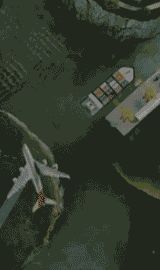
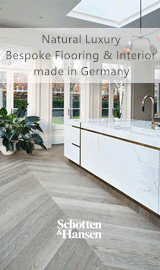

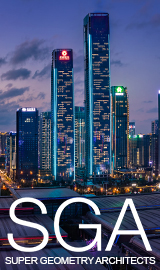
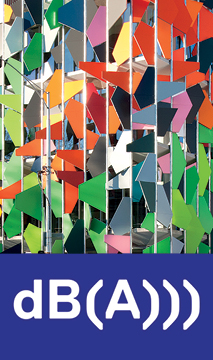
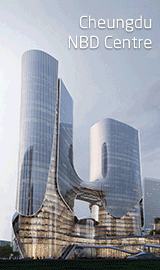



 2.jpg)
